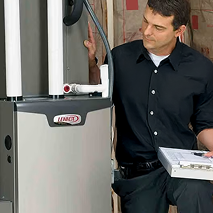
Heating Services in Hamilton, ON
At Bosanac Heating & Electric, we’ve been helping Hamilton homeowners and businesses stay warm and comfortable since 1956. We specialize in residential and commercial heating services, offering expert installation, repairs, maintenance, and system upgrades. From forced-air furnaces and radiant heating to water heaters and heat pumps, our certified technicians provide reliable service backed by decades of experience.
Need Reliable Heating Services?
Complete Heating Solutions for Your Home or Business
We service and install a wide range of heating components, including:
Gas, Electric, Propane, And Oil Furnaces
Radiant Floor Heating
HRC/ERV Ventilation Systems
Heat Pumps And Air Handlers
Boilers And Hydronic Systems
Tankless And Conventional Water Heaters
Thermostats And Humidifiers
Fireplaces (Gas And Electric)
Infrared Radiant Heaters
Whether you’re dealing with an emergency breakdown, upgrading an outdated unit, or looking to boost efficiency, we’re here to help.
Heating Installations & Upgrades
Need a new heating system? Our experts assess your space and recommend high-performance equipment from trusted brands like Goodman, Amana, York, IBC, Navien, and Weil-McLain. We install systems tailored to your needs—ensuring optimal energy efficiency and year-round comfort.
We also assist homeowners switching from oil to gas, and we offer financing and rental options to make upgrades more affordable.
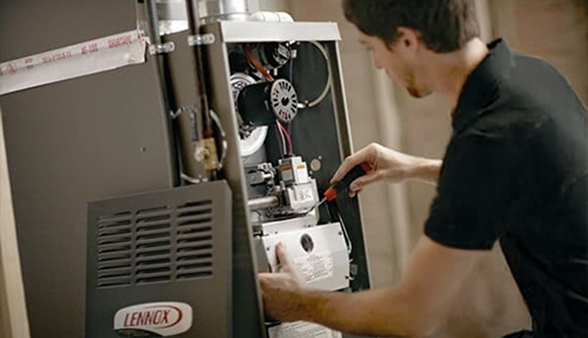
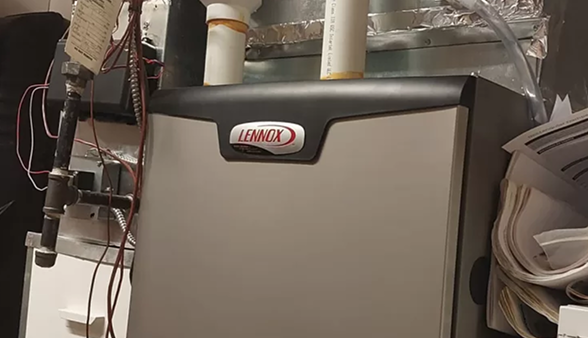
Reliable Heating Repairs & Emergency Service
If your heating system stops working, we’re available for emergency heating repair in Hamilton and surrounding areas. Our technicians are trained to repair all system types—from boilers and furnaces to fireplaces and heat pumps.
We respond quickly, diagnose accurately, and get your heat back up and running without delay.
Preventative Maintenance & Protection Plans
Regular maintenance can prevent breakdowns, lower energy bills, and extend the life of your system. Our heating tune-ups include safety checks, cleaning, calibration, and performance optimization.
Ask about our custom protection plans, which include priority service, scheduled inspections, and discounted repairs—available for all major heating equipment.
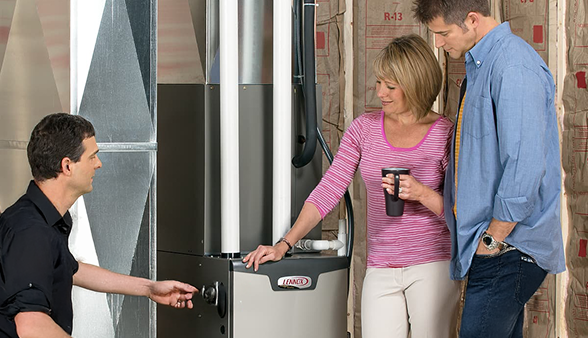
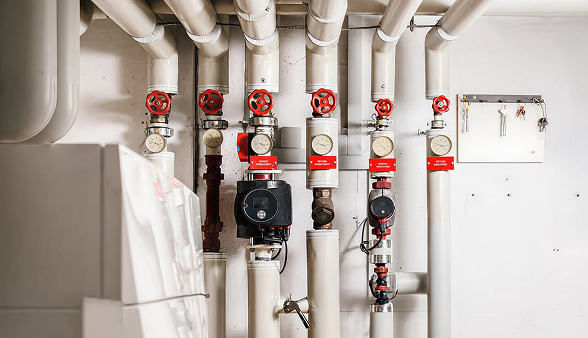
Commercial & Industrial Heating Services
We also offer heating installation, repair, and service for commercial and industrial properties. Our team works with property managers, business owners, and developers to deliver scalable solutions that meet building code, budget, and performance demands.
Heating Services Available in Hamilton and Surrounding Areas
We proudly serve:
- Hamilton
- Ancaster
- Burlington
- Stoney Creek
- Dundas
- Waterdown
- Binbrook
- Grimsby
- Winona
- Flamborough
- Freelton
- Mount Hope
- Smithville
- Carlisle
- Puslinch
- Lynden
- Caistor Centre
- Rockton

Why Choose Bosanac Heating & Electric?
Licensed, Trained, And Certified Technicians
Full Range Of Heating Services (Install, Repair, Maintenance)
Emergency Response Available
Transparent Pricing And No-pressure Quotes
Heating Rentals And Financing Options Available
Book Your Heating Service in Hamilton Today
From system upgrades and seasonal tune-ups to emergency repairs, Bosanac Heating & Electric is your go-to partner for reliable heating services in Hamilton and the surrounding area.
or schedule your heating service online today.

FAQs About Heating Services in Hamilton, ON
What types of heating systems do you service and install?
We specialize in a wide range of heating solutions, including natural gas furnaces, boilers, radiant floor heating, heat pumps, gas fireplaces, and ductless heating systems for residential, commercial, and custom properties.
How do I know if I need furnace repair or replacement?
Signs include inconsistent temperatures, strange noises, higher energy bills, or if your system is over 15 years old. Our licensed technicians will assess your equipment and recommend the best solution for your comfort and budget.
Do you offer emergency heating repairs in Hamilton?
Yes! Bosanac offers emergency heating service across Hamilton and surrounding areas. When your heat stops working, we’re just a call away — day or night.
How often should I schedule furnace maintenance?
We recommend annual furnace tune-ups to ensure peak efficiency, catch potential issues early, and extend the lifespan of your heating system — especially before winter hits.
Are your heating technicians licensed and insured?
Yes. All Bosanac technicians are fully licensed, trained, and insured, ensuring every installation or repair meets the highest safety and quality standards.
What brands of furnaces and boilers do you work with?
We are authorized dealers for trusted brands like Goodman, Amana, York, IBC, and Navien, offering reliable, energy-efficient systems backed by excellent warranties.
Can I switch from oil to gas heating?
Absolutely. We provide oil-to-gas conversions, helping you upgrade to a cleaner, more efficient, and cost-effective heating system — with support through every step of the process.
Do you offer furnace rentals in Hamilton?
Yes. If a full purchase isn’t ideal right now, our furnace rental program offers low monthly payments, no upfront costs, and full maintenance included.
What areas do you service for heating repairs and installations?
We proudly serve Hamilton and nearby communities, including Ancaster, Dundas, Stoney Creek, Waterdown, Burlington, Grimsby, Flamborough, Binbrook, and more.
How do I schedule a heating service appointment?
Just call us at (905) 545-3959 or book online. Our team will guide you through the process and get your heating needs resolved quickly and professionally.